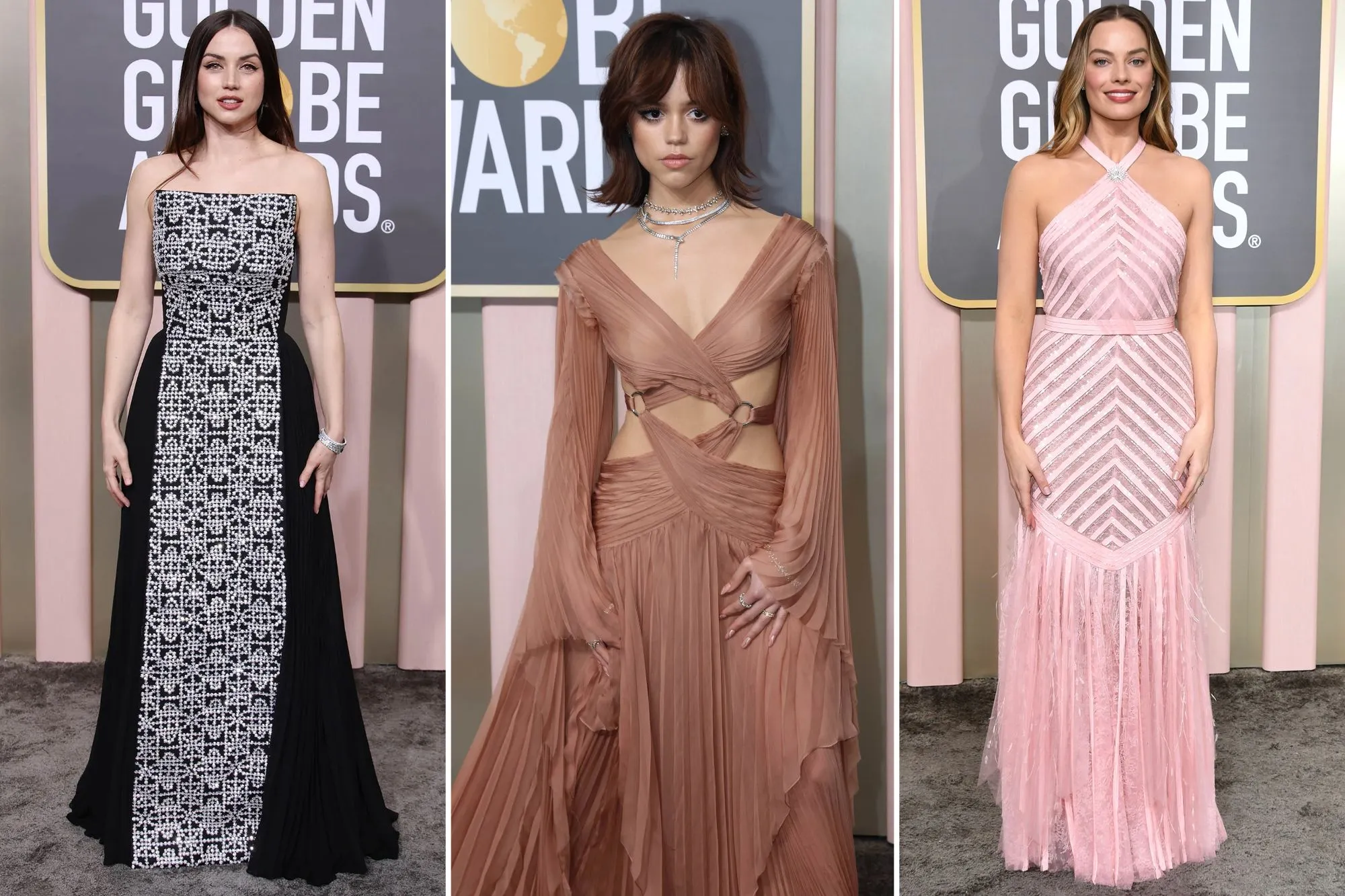From the catwalk to everyday fashion, trends in style and apparel come and go. The fashion world changes rapidly, so it’s important for us to stay up-to-date on the latest styles. In this article, we will explore some of the newest fashion and style trends for 2023. We’ll cover what colors are popular, how people are wearing clothes differently, and which wardrobe staples are must-haves for any season.
The Latest Fashion and Style Trends in 2023
1. Sustainability will continue to be a key trend in fashion and style in 2023. Consumers are becoming more conscious about the impact of their purchasing decisions on the environment, which is driving a shift towards more eco-friendly materials and sustainable production methods. Expect to see more garments made from recycled or upcycled fabrics, as well as an increase in the use of natural dyes and organic cotton.
2. Streetwear-inspired clothing is also set to dominate the fashion world in 2023. Athleisure, oversized silhouettes, and utility wear are all expected to be popular styles that embrace comfort while still being stylish. Leather jackets paired with statement sneakers will also make a comeback.
3. In terms of color trends, bold hues such as neon green, bright reds, and electric blues will be on-trend for both men’s and women’s clothing. Additionally, metallic accents such as silver sequins or gold thread embroidery will add shimmering details to outfits for a touch of glamour that can easily transition from day-to-night looks.
AI-Driven Clothing
With artificial intelligence (AI) becoming more prevalent in the fashion industry, we can expect to see a new era of clothing that is smarter and more personalized than ever before. AI-driven clothing will use data from wearable technology and other sources to make real-time adjustments to fit, style, and comfort. This means that your clothes could change colors, textures or shapes depending on the weather or your mood.
One exciting development in this area is smart fabrics. These materials contain sensors that can detect changes in body temperature, sweat levels, and heart rate, allowing them to adjust their properties accordingly. For example, if you start sweating during a workout session, your shirt might automatically cool you down by releasing moisture-wicking beads.
Another application of AI-driven clothing is personal styling. With the help of machine learning algorithms trained on image datasets and customer profiles, fashion brands will be able to offer customized styling suggestions tailored specifically for each individual’s preferences and body type. By analyzing social media posts or photos uploaded by customers themselves wearing certain outfits in specific settings – like weddings or concerts – AI systems can learn which styles work best for different occasions and recommend similar options for future purchases.
Genderless Apparel
Genderless apparel is a rising trend in the fashion industry. This style of clothing blurs the lines between what is considered traditionally masculine or feminine, allowing people to wear whatever they feel comfortable in without being restricted by societal norms. Genderless clothing has become increasingly popular in recent years due to its inclusivity and versatility. By removing gender labels from clothing, individuals can express themselves freely and creatively through their fashion choices.
In 2023, we can expect to see even more genderless apparel options available on the market. Many designers are creating collections that cater specifically to this trend, featuring oversized silhouettes, neutral colors and minimalistic designs that appeal to both genders. It’s not just about unisex t-shirts and joggers anymore; we’re seeing gender-neutral suits, coats, dresses, and accessories on runways around the world.
Overall, genderless apparel offers a refreshing change from traditional fashion standards that have long been dictated by society’s expectations of what men and women should wear. As this trend continues to gain momentum over time, it’s likely that more people will embrace this inclusive approach to dressing as a way of expressing themselves authentically without being confined by traditional gender roles.
Sustainable Materials
Sustainable materials are becoming increasingly popular in the fashion industry as consumers become more aware of the impact their clothing choices have on the environment. In 2023, we can expect to see even more designers incorporating these materials into their collections. One example is recycled polyester, which is made from plastic bottles and other post-consumer waste. This material has a similar look and feel to traditional polyester but has a much lower environmental impact.
Another sustainable material that will be on trend in 2023 is organic cotton. This type of cotton is grown without harmful pesticides or fertilizers and requires less water than conventional cotton farming. It also provides better working conditions for farmers and reduces the overall carbon footprint of the textile industry. Expect to see more clothing brands using this eco-friendly option in their collections, from casual wear to high-end fashion pieces.
Finally, plant-based alternatives like pineapple leather and mushroom leather will continue to gain popularity in 2023 as sustainable options for accessories such as handbags and shoes. These materials are both biodegradable and cruelty-free, making them an attractive choice for ethically-conscious consumers looking for stylish yet sustainable products.
Customization and Personalization
Customization and personalization are becoming increasingly important in the fashion industry. As consumers become more discerning and demand more individuality, brands must find ways to offer unique experiences that cater to their customers’ needs. This is especially evident in trends such as made-to-order clothing, where consumers can select fabrics, colors, and designs to create their own personalized pieces of apparel.
Another trend that highlights the importance of customization is bespoke suiting. While this has traditionally been an expensive option reserved for the elite, many brands are now offering affordable made-to-measure suits through online platforms or on-demand services. By providing a personalized fitting experience without breaking the bank, these companies are making bespoke tailoring accessible to a wider audience.
In addition to clothing customization, personalization also extends to accessories such as jewelry and handbags. Brands are now offering engraved or monogrammed pieces that allow consumers to add a personal touch to their accessories. With the rise of social media influencers driving fashion trends, it’s clear that individuality is no longer just desirable but essential in today’s market.
Tech Enabled Fabrics
Tech-enabled fabrics are set to revolutionize the fashion industry in 2023, with designers and brands incorporating advanced technologies into their designs. From temperature-regulating fabrics that adapt to the wearer’s body temperature to self-cleaning materials that resist stains, tech-enabled fabrics offer a range of benefits for both fashion-conscious consumers and sustainability-minded designers. These smart textiles can also be integrated with cutting-edge electronics such as sensors, light-emitting diodes (LEDs), and flexible displays.
One example is the use of nanotechnology in textiles, which involves integrating nanoparticles into fabric fibers to create new properties. For instance, nanotech-enhanced clothing can block harmful UV rays or provide antibacterial protection against germs and microbes. Another trend is the development of wearables that merge technology with fashion, such as smartwatches or fitness trackers that seamlessly blend into clothing designs. As more consumers demand function and performance from their fashion choices, tech-enabled fabrics will become increasingly popular in the coming years.
Ultimately, tech-enabled fabrics represent a bright future for sustainable fashion by offering innovative solutions to some of the industry’s biggest challenges. With advances in materials science and wearable technology driving innovation forward at a rapid pace, we can expect even more exciting developments on this front over the next few years.
Augmented Reality Shopping
In 2023, the fashion and style industry has fully embraced augmented reality shopping. With this technology, customers can virtually try on clothes and accessories before making a purchase. This immersive experience allows customers to get a better sense of how an outfit will look on them without ever having to leave their homes.
Augmented reality shopping also offers retailers the opportunity to showcase their products in new ways. For example, brands can create virtual pop-up shops that allow customers to explore different collections in a simulated environment. This type of experience not only provides entertainment for shoppers but also helps brands stand out from competitors.
As augmented reality technology continues to develop, it’s likely that we’ll see even more innovative uses of this tool in the fashion and style industry. From personalized recommendations based on individual preferences to virtual runway shows, there are endless possibilities for how AR can enhance the shopping experience for both consumers and retailers alike.
Conclusion: The Future of Fashion
Fashion and style trends are evolving constantly, and with the passage of time, we get to witness a new era of trendy looks. In 2023, fashion has taken a bold step forward, introducing new styles for men and women alike. Those who like to stay in tune with the latest fashion and style trends are sure to be enthralled by the wide variety of choices available this year. From neon-colored clothes to bold accessories, 2023 has something for everyone.






